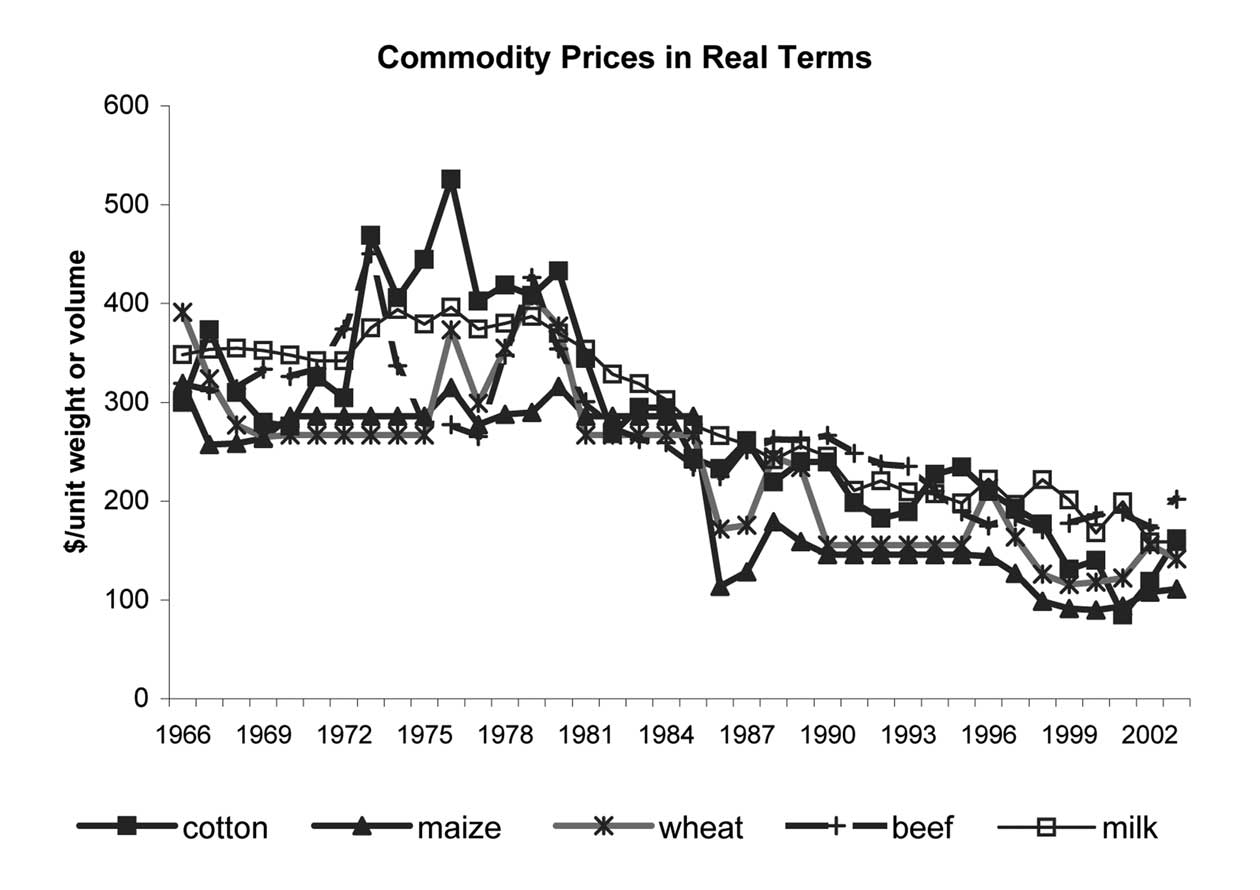versified activity and income from these sources accounts for more than 50% of total income for 43% of the farms concerned (Defra, 2007).
In the years between 1945 and 1989 many farms in eastern Europe were collectivized and in some countries state farms were established. Where this was not the case very small scale farming persisted, often using old technologies (European Commission, 2006a) (Figure 3-8). On the large collective and state farms modern methods were used although the number of workers employed did not decline as rapidly as in the West. In the post 1989 period, as central planning gave way at varying paces to competitive markets, adjustments are taking place in the structure of farming, the level of agricultural employment, and the relationship between producers and consumers (Borzutzky and Kranidis, 2005).
Farmers in countries that have recently become members of the EU now have to compete in a wider market. This will lead to application of more AKST both on the farm and in the processing sector in order to reach the levels of quality and productivity that market demands. EU data shows that there is still a relatively low level of participation in further education and training in agriculture in the new member countries (European Commission, 2006a).
3.2.4 Impacts of AKST driven growth in output on processors and distributors
AKST has been also critical in ensuring the safety and quality of food. Food borne diseases are a matter of alarm where mass distribution increases the number of people who may suffer if products are infected or contaminated. On the farm this means attention to issues such as biosecurity and the |
|
use of pesticides. In food processing, preparation and presentation, rules of hygiene and the provision of information about ingredients to which some customers may be allergic are essential. The most valuable asset for retail distributors is their reputation. Safeguards are needed to ensure that products are consistent and safe, can be branded and can be traced to ensure that any failure is rapidly identified (Horni-brook and Fearn, 2005). Changes in the role of processors and distributors have altered the supply chain.
Traditional arms-length markets have been or are being replaced by coordinated plans for production and delivery. These minimize some elements of market risk and are a channel through which new technologies may be encouraged and supported on farm (Duffy, 2005). This development has been closely linked to progress in transport and the use of information technology to monitor performance at all stages of the food supply chain.
3.2.5 Impacts on market power
The technologies that have developed from AKST tend to encourage concentration at all levels of the agriculture and food sectors (see chapter 2). Although farms in general remain small businesses, a high proportion of output comes from the largest units (McAuley, 2004). Beyond the farm gate the concentration of the industry has advanced much more considerably (Hendrickson and Heffernan, 2007; Wiel 2007). An important repercussion of this has been a sense among both farmers and consumers that they are helpless in the face of the businesses with which they deal. This has enhanced the importance of farmer cooperatives and of direct marketing to consumers. Direct marketing includes tradi- |

